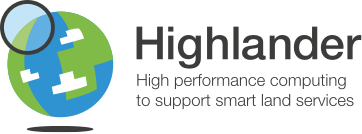
Data-driven decisions based on weather information are helping East Anglian farms cut the cost and environmental impact of crop spraying – with the help of a new free-to-use sensor network.
In the past, sensors needed to be more complex and store data themselves, making them expensive to buy and use, but with the Innovation Network, cheaper, low-power sensors can be used to transmit data over a long distance. This made the technology much more accessible and now businesses can connect their own sensors to the network for free and measure anything from weather and rainfall to sound, temperature or visitor numbers.
Ben Burgess has been using the network to link up weather stations transmitting rain, temperature, humidity, and calculated leaf wetness information which can be used to create risk models for crop diseases like septoria – allowing farmers to target their spray operations only when they are needed, reducing chemical applications by as much as two-thirds.
This is a cost-effective solution and if you put the data in field-specific settings you can start to use the weather data to get more agronomic data for disease risk, so then we can save on fungicides for the crops; the only limitation is the amount of data you can send.
The cost-saving and environmental gains are equally important and once finished, the LoRaWAN network, (funded by the New Anglia Local Enterprise Partnership), will be made up of 270 “gateways” across Norfolk and Suffolk, and will be ready to support businesses that use it to help them and their clients save time and money.
For further information visit: https://www.edp24.co.uk/news/business/norfolk-county-council-launches-lorawan-sensor-network-6397832

